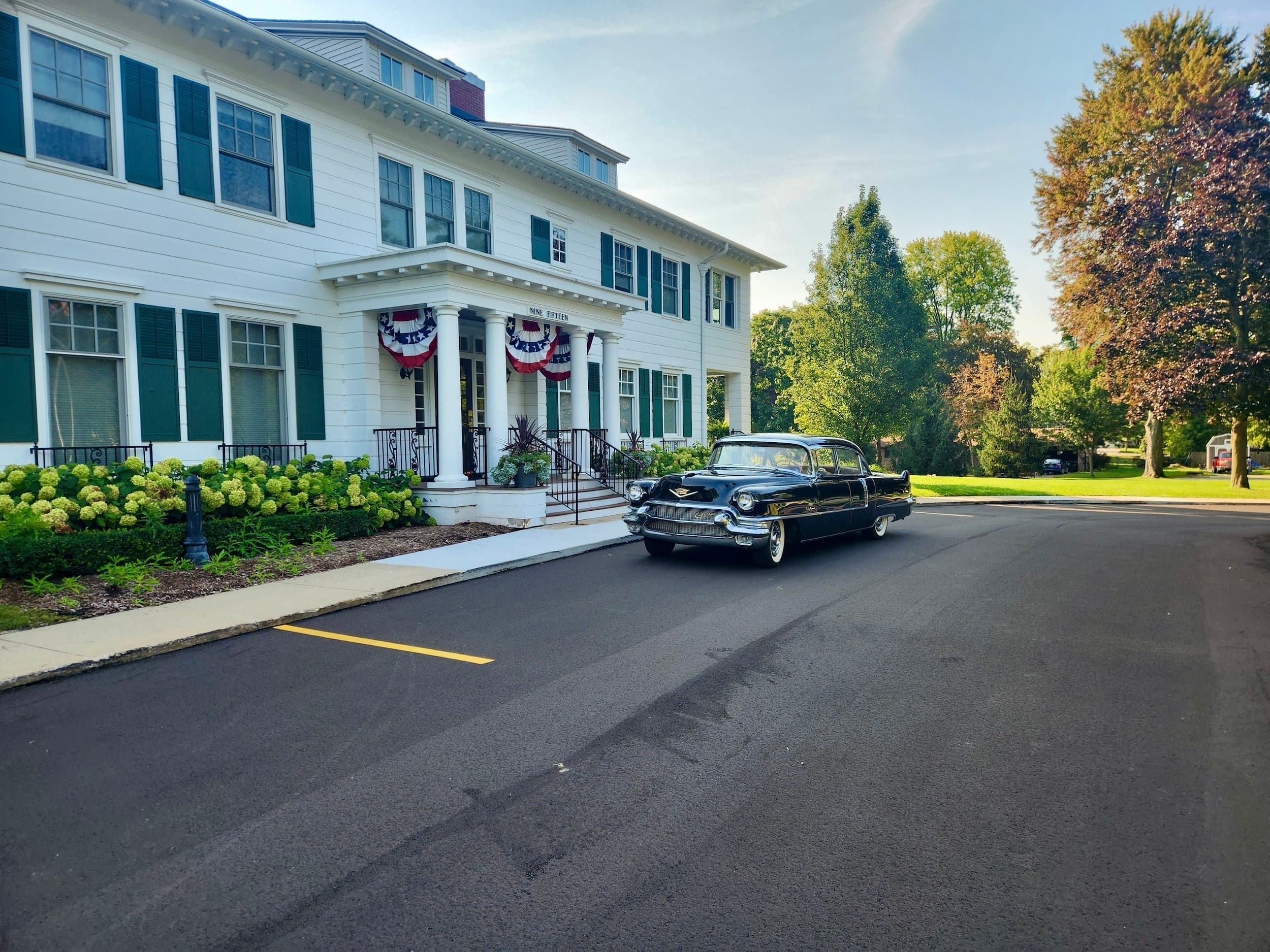Posted in Uncategorized
When you’ve created something new, protecting that invention becomes a priority. At The Patent Baron PLLC, we help inventors understand their patent options so they can make informed decisions. One of the most common questions we hear is about the difference between provisional and non-provisional patents.
Both serve important purposes in the patent system, but they work very differently. Understanding these differences can save you time, money, and potential headaches down the road.
What Is A Provisional Patent Application?
A provisional patent application is a temporary filing with the United States Patent and Trademark Office (USPTO). Think of it as a placeholder that establishes your filing date while giving you time to develop your invention further.
When you file a provisional application, you get “patent pending” status. This means you can market your invention and talk to potential investors without worrying that someone else will steal your idea and patent it first.
Here’s what makes provisional applications unique:
- They don’t require formal patent claims
- No oath or declaration is needed
- The application doesn’t get examined by the USPTO
- You have 12 months to file a non-provisional application
- The filing fee is significantly lower
A Michigan provisional patents lawyer can help you prepare a strong provisional application that adequately describes your invention. While the requirements are less formal, you still need sufficient detail to support your later non-provisional filing.
What Is A Non-Provisional Patent Application?
A non-provisional patent application is the real deal. This is the formal application that gets examined by a USPTO patent examiner and can ultimately result in an issued patent.
Unlike provisional applications, non-provisional applications require specific components and formatting according to USPTO regulations. The process is more involved and typically takes longer.
Key features of non-provisional applications include:
- Formal patent claims that define your invention
- A detailed written description and drawings
- An oath or declaration from the inventor
- Examination by a patent examiner
- Potential for office actions and amendments
- Results in an enforceable patent if approved
The non-provisional application undergoes substantive examination. An examiner reviews your application to determine if your invention is novel, non-obvious, and useful. This process often involves back-and-forth communication through office actions.
Timeline Differences
The timeline distinction between these two types of applications matters significantly.
With a provisional application, you’re buying yourself 12 months. During this time, you can test your product in the market, seek funding, or continue developing your invention. But remember that the clock is ticking. If you don’t file a non-provisional application within that year, your provisional application expires and you lose your early filing date.
Non-provisional applications remain pending until examination is complete. The current average time from filing to final disposition is approximately 24 months, though this varies by technology area. Your patent rights don’t begin until the patent actually issues.
Cost Considerations
Budget plays a role in many inventors’ decisions about which application to file first.
Provisional applications cost less upfront. The USPTO filing fee for a provisional application ranges from a few hundred to over a thousand dollars depending on entity size. Attorney fees for preparing a provisional application are also generally lower because the formal requirements are less stringent.
Non-provisional applications require a higher investment. Filing fees are higher, and the attorney work involved is more extensive. You’re paying for formal claims, careful drafting, and usually more detailed drawings.
Some inventors start with a provisional application to secure a filing date while they raise capital for the full non-provisional application. This strategy works well if you have a solid invention description but need time to gather resources.
Which Option Is Right For You?
The choice between filing provisional or going straight to non-provisional depends on your specific situation.
You might benefit from a provisional application if you need time to assess commercial viability, you’re still refining your invention, or you want to establish a priority date quickly before a public disclosure.
Going straight to a non-provisional application makes sense when your invention is fully developed, you’re ready to invest in the full application process, or you need an enforceable patent as soon as possible.
How We Can Help
We work with inventors throughout Michigan and beyond to determine the best patent strategy for their inventions. Whether you need a Michigan provisional patents lawyer to help you secure that early filing date or you’re ready to move forward with a non-provisional application, we’re here to guide you through the process.
Patent law involves technical requirements and strategic decisions. Getting the right advice from the beginning can make a significant difference in the strength and scope of your patent protection. Reach out to discuss your invention and learn which filing strategy aligns with your goals and timeline.


